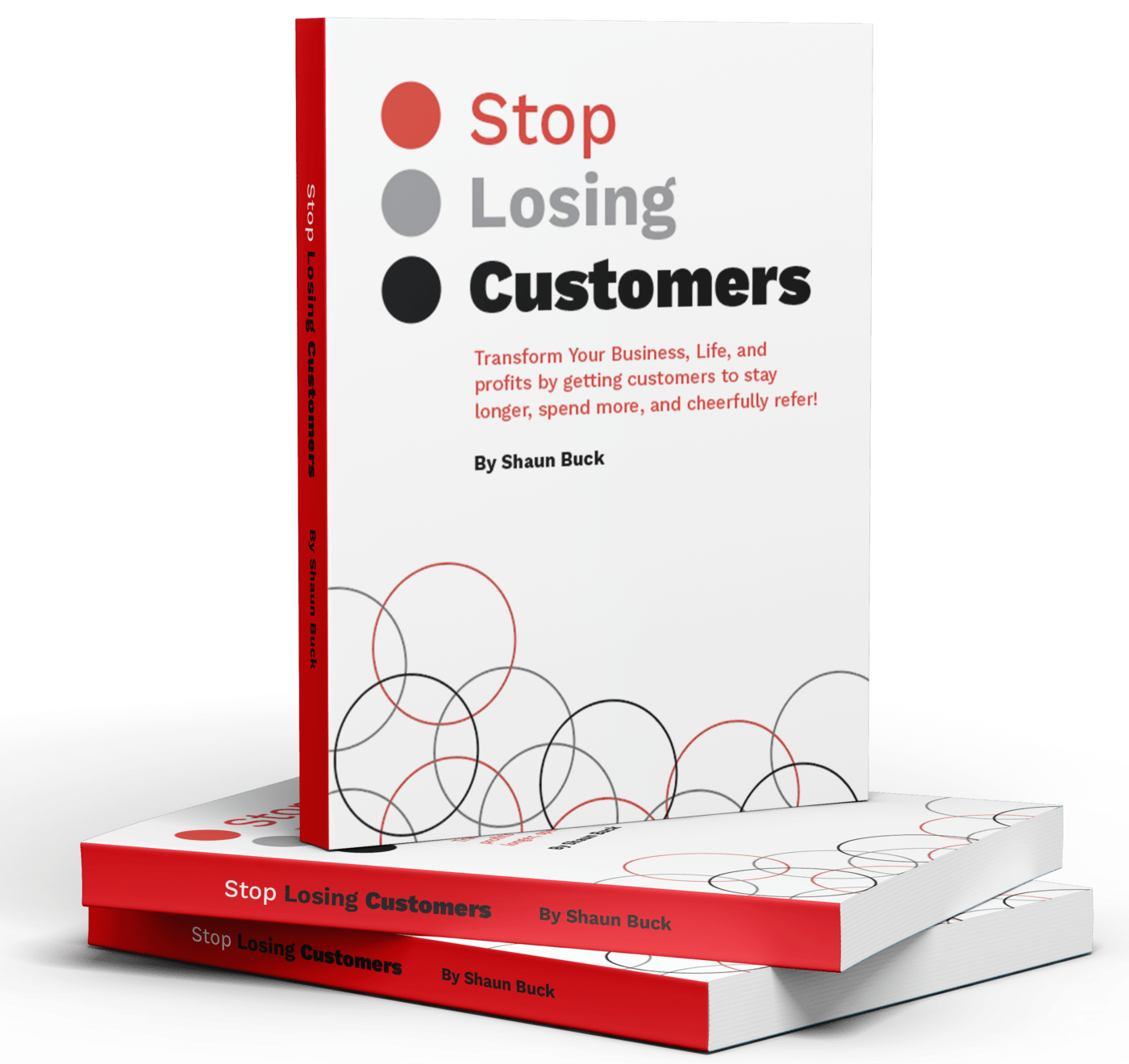It’s no secret that a rock-solid mission is crucial to a business’s success. Every company needs guiding principles to drive it forward. An effective mission statement distills those principles into a single, unwavering focus. There are many companies, including ours, that use effective mission statements to convey and uphold their identity. But world-renowned outdoor brand Patagonia is one of the companies that does it best.

Patagonia’s Mission
 Zip over to Patagonia’s website and you’ll see a well-formed mission statement on the front page: “We’re in business to save our home planet.” You can tell every word was carefully crafted to embody the ideals that are important to the company. When you read it, it’s easy to understand why Patagonia is such a popular brand. They make their message accessible in more ways than one.
Zip over to Patagonia’s website and you’ll see a well-formed mission statement on the front page: “We’re in business to save our home planet.” You can tell every word was carefully crafted to embody the ideals that are important to the company. When you read it, it’s easy to understand why Patagonia is such a popular brand. They make their message accessible in more ways than one.
More Than Money
 It doesn’t take long to find information about what drives a successful business like Patagonia, and there’s a very specific reason for that. At great companies, the mission isn’t a selling point. The mission is way to communicate to consumers that the goods or services are only part of their purpose.
It doesn’t take long to find information about what drives a successful business like Patagonia, and there’s a very specific reason for that. At great companies, the mission isn’t a selling point. The mission is way to communicate to consumers that the goods or services are only part of their purpose.
A business showing that it only cares about profit would make for a pretty dull company. Would you want to buy from a business if their mission statement was “We consistently have a 12% growth rate with profit margins at 48%. We also increase lead conversion rates and have systematized models for operations”? The only people who’d buy from you are robots.
Company Identity
 Businesses that commit themselves to more than just their bottom line start with a reason for their conception. Patagonia explains why their business exists and how that influences their desire to drive sales forward. Where Patagonia differs from most for-profit companies is that their mission statement is focused on social issues that matter to them. In other words, they are a mission-driven business, but their mission isn’t focused on business. Self-labeled “The Activist Company,” Patagonia oversees a convergence of two ideals that have often been on opposite sides of the social issues table: business and the environment.
Businesses that commit themselves to more than just their bottom line start with a reason for their conception. Patagonia explains why their business exists and how that influences their desire to drive sales forward. Where Patagonia differs from most for-profit companies is that their mission statement is focused on social issues that matter to them. In other words, they are a mission-driven business, but their mission isn’t focused on business. Self-labeled “The Activist Company,” Patagonia oversees a convergence of two ideals that have often been on opposite sides of the social issues table: business and the environment.
Patagonia’s mission statement is so distinctive that it almost functions as its unique selling proposition (USP). Product users engage with the brand because it stands for something that matters to them and because it’s different. Patagonia’s brand backs up their mission statement with high-quality products or services, and it allows them to gain loyal followers.
And from loyal followers, they’ve experienced organic growth that you just can’t find anywhere else. Most outdoor enthusiasts can agree that Patagonia was just an average outdoor company 10 years ago. Now it’s an industry leader, and it’s achieved that status in a groundbreakingly authentic way. If you don’t agree, you haven’t heard of their “Don’t Buy This Jacket” campaign.
Radical Authenticity
 2011 wasn’t exactly the height of consumerism in America. Every business was desperate for sales. In a down economy, one of the most affected industries is recreation. Less money to spend means the American family had to be strategic on where their cash went — most prioritized food and shelter over new outdoor gear. But on Black Friday in 2011, Patagonia ran one of their most famous campaigns ever.
2011 wasn’t exactly the height of consumerism in America. Every business was desperate for sales. In a down economy, one of the most affected industries is recreation. Less money to spend means the American family had to be strategic on where their cash went — most prioritized food and shelter over new outdoor gear. But on Black Friday in 2011, Patagonia ran one of their most famous campaigns ever.
“Don’t Buy This Jacket” was an advertisement displayed across multiple publications, asking consumers not to purchase their R2® Jacket. They effectively peeled back the curtain on how grossly inefficient it was to make such a jacket from new materials and the environmental impact consumerism has on the planet.
So, if it kills the planet, why does Patagonia make it? That seems hypocritical, right? Well, that’s where their initiative of “Reduce, Repair, Reuse, Recycle,” comes in. The R2® Jacket mentioned in the ad that it wasn’t made from all new, raw materials. Instead, the source threads came from 60% recycled polyester.
Creative or Real?
 Marketing like this isn’t a creative way for Patagonia to demonstrate their mission. It is their mission. And it’s not just broadcasted in their marketing and executed in their production; it’s practiced in their operations as well. One percent of all sales, or 10% of pre-tax profits, go to environmental groups, which shows their continued commitment to their mission.
Marketing like this isn’t a creative way for Patagonia to demonstrate their mission. It is their mission. And it’s not just broadcasted in their marketing and executed in their production; it’s practiced in their operations as well. One percent of all sales, or 10% of pre-tax profits, go to environmental groups, which shows their continued commitment to their mission.
You could argue that what Patagonia is doing with their business model is very purposeful — offer up a standpoint that goes against the status quo and make sure everything about operations backs that up. But brands like Vans, Hurley, and Burton have built empires off the same concepts. Patagonia breaks that mold because their counter-culture movement should be counterproductive to their bottom line. Donating profits, discouraging sales, and funding activists are not in anyone’s business manual. But, for Patagonia, their unique values are what make the impossible profitable.
People want to be a part of a story, and Patagonia tells a tale that is important to people across the world. By taking a stand for what they believe in, their branding, marketing, and loyal followers have perpetuated their story on the tallest peaks, the largest waves, and the wildest rivers of the world. Every great business is mission-driven, but Patagonia is driven by something greater: a genuine calling.






